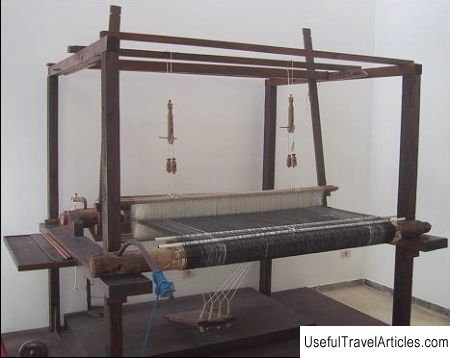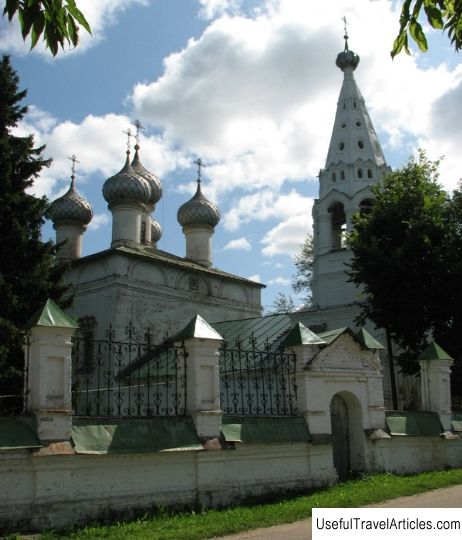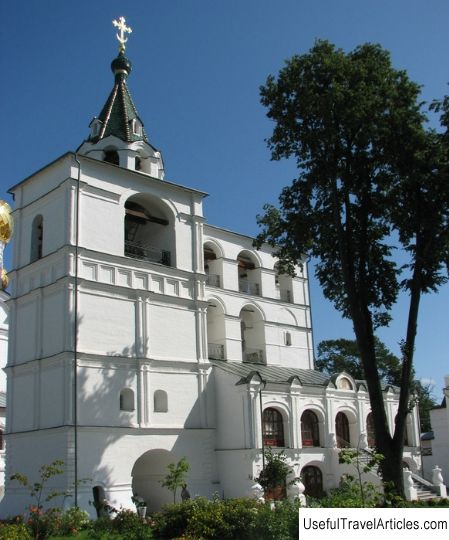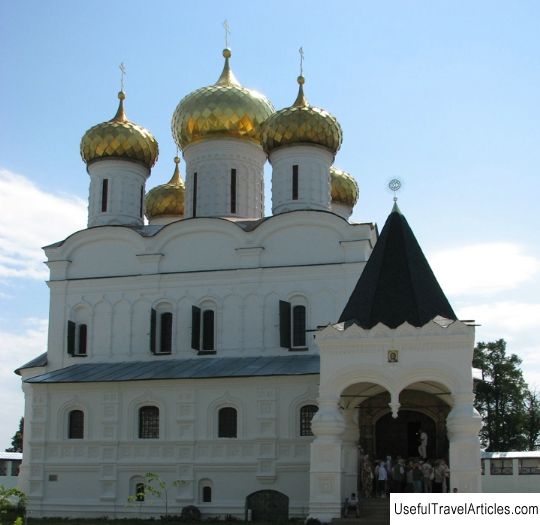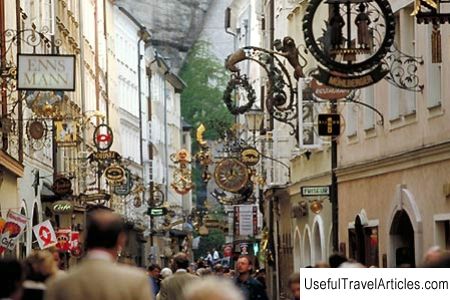Church Historical and Archaeological Museum description and photos - Russia - Golden Ring: Kostroma
Rating: 8,4/10 (5948 votes) 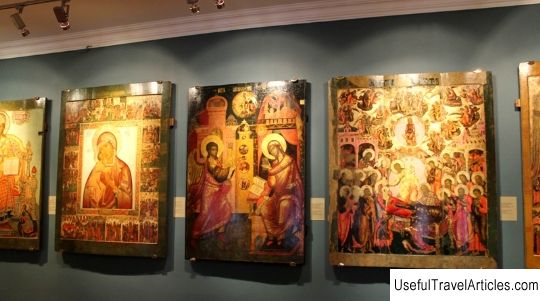
Church Historical and Archaeological Museum description and photos - Russia - Golden Ring: Kostroma. Detailed information about the attraction. Description, photos and a map showing the nearest significant objects. Photo and descriptionThe Church Historical and Archaeological Museum, belonging to the Kostroma Diocese of the Russian Orthodox Church, was founded in 2004 at the old Ipatiev Monastery and today is located on Prosvescheniya Street, building 1. It is known that The Ipatiev Monastery was built a very long time ago, because Father Pavel Florensky wrote about it. The Museum at the Ipatiev Monastery conducts spiritual and cultural activities, extending not only to the residents of the city, but also to the residents of the Kostroma region, including even more remote areas. The Museum of History and Archeology is located in the building of the Ipatiev Monastery. In the spring of 1613, when Mikhail Romanov, the elect of the throne, came to power, the restoration of the Russian state was revived in the premises of the Ipatiev Monastery. The museum's funds contain more than three thousand unique and rare exhibits, which gave the young museum the right to establish itself as a serious cultural institution. The exposition was based on the shrines related to the Ipatiev Monastery - these are authentic things and objects belonging to the famous dynasty of the Romanovs and Godunovs - old books, ancient icons, framed and decorated with precious stones, as well as liturgical vestments, shroud and vessels. p> The work of the museum includes storage, processing, research, as well as educational and exhibition work. This institution is trying to keep up with the latest technologies, increasingly introducing them into the educational process. As for educational and scientific exposition activities, the museum is actively preaching a completely new attitude towards museum exhibits, introduces the latest developments in the field of exhibition ideas and the most modern technologies. The exhibition halls are equipped with large plasma screens, while the plans of the museum include the introduction of multimedia programs, holograms, slide shows and displays. The latest technologies on a fairly large scale complement the contact of unique objects with the visitor. On the screens, you can view pages of old books, from beginning to end, examine in detail the unique records, screensavers and miniatures. One of the central ones was the exposition of the works of ancient Russian icon painting of the 15-19 centuries. All available items are represented by exhibits available in the museum collection of Orthodox church art. It is based on icons painted by isographers from Kostroma in the second half of the 17th - early 18th centuries. As you know, The Trinity Cathedral is the main temple of the Ipatiev Monastery, which, at the same time, became an open exhibition of unique works of church art - icon painting, Russian applied architecture and monumental painting. Talented craftsmen took part in the creation of all these items. In the period between 1654 and 1656, the icons were made, located in the church iconostasis; the names of the icon painters have been established - Semyon Pavlov, Vasily Zapokrovsky, Semyon Rozhkov. The exposition of objects from the times of the Godunov family has collected outstanding works of Orthodox church art. The items presented are unique in terms of artistic and historical value, because at one time they were an adornment of churches or were kept in their archives. Antique icons are presented in frames decorated with precious stones. There are arks, silver and gold church utensils, vestments of the monastery's servants, handwritten and early printed books, also richly decorated. The exposition dedicated to the House of Romanov tells about the significance of the Ipatiev Monastery in the events of state importance at the beginning of the 17th century. The events that took place at that time are associated with the establishment of the Romanov dynasty in our state.           We also recommend reading Conca dei Marini description and photos - Italy: Amalfi Riviera Topic: Church Historical and Archaeological Museum description and photos - Russia - Golden Ring: Kostroma. |
